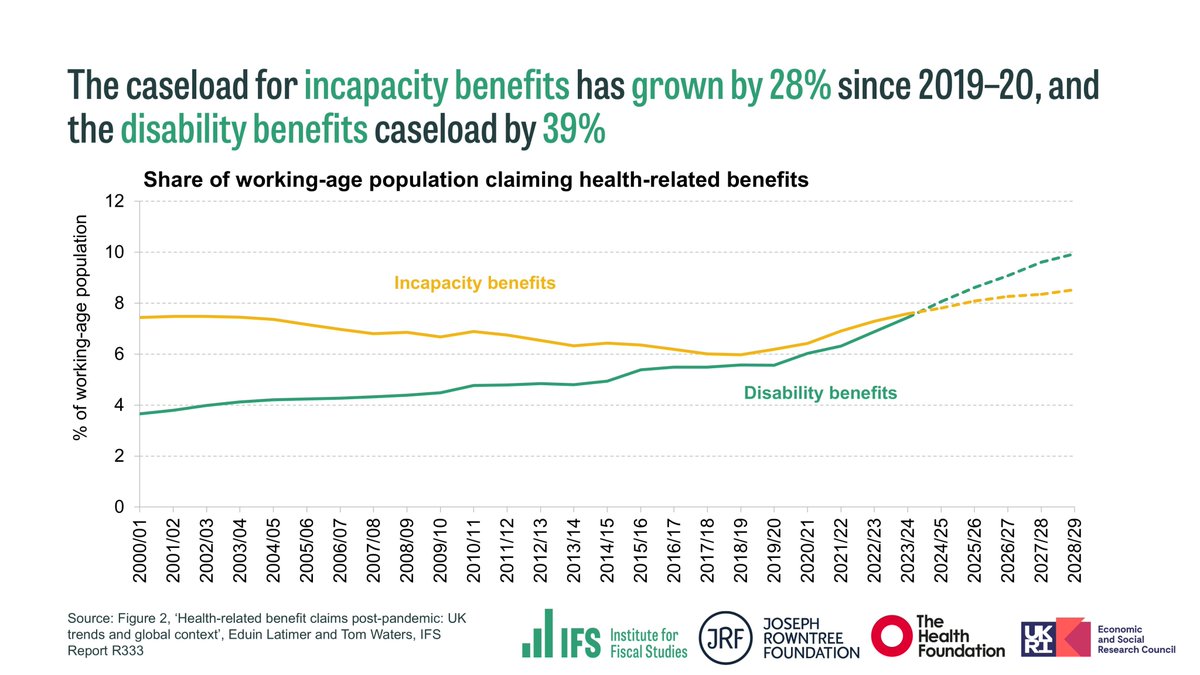NEW REPORT: In their 30s, children with parents in the wealthiest fifth of their generation had average net wealth six times greater than those with parents in the poorest fifth.
Read our @ESRC funded report on wealth inequality > ifs.org.uk/publications/1…
THREAD [1/6]
Read our @ESRC funded report on wealth inequality > ifs.org.uk/publications/1…
THREAD [1/6]

Having wealthy parents is particularly important for getting to the top of the wealth distribution.
Children of the wealthiest fifth of parents are almost three times as likely to be in the wealthiest fifth in their generation as those with average parental wealth.
[2/6]
Children of the wealthiest fifth of parents are almost three times as likely to be in the wealthiest fifth in their generation as those with average parental wealth.
[2/6]

Children of wealthier parents are much more likely to be homeowners by age 30.
65% for those with parents in the top third of the wealth distribution owned a house, compared to against 56% and 41% for those whose parents were in the middle and bottom thirds, respectively.
[3/6]
65% for those with parents in the top third of the wealth distribution owned a house, compared to against 56% and 41% for those whose parents were in the middle and bottom thirds, respectively.
[3/6]

Higher-earning, more highly educated parents having higher-earning, highly educated children explains some of this.
But financial transfers from parents to children, differences in saving behaviour and differences in investment returns drives the persistence of wealth.
[4/6]
But financial transfers from parents to children, differences in saving behaviour and differences in investment returns drives the persistence of wealth.
[4/6]

Even among those whose parents have the same levels of earnings and education, those with wealthier parents tend to earn more.
Having wealthy parents is associated with saving more as a portion of your earnings, and holding higher-risk investments like stocks and shares.
[5/6]
Having wealthy parents is associated with saving more as a portion of your earnings, and holding higher-risk investments like stocks and shares.
[5/6]

Our findings show it is important to consider wealth, not just earnings, when trying to promote social mobility. Young adults’ wealth is more related to their parents’ wealth than their earnings are related to their parents’ earnings.
Full report> ifs.org.uk/publications/1…
[6/6]
Full report> ifs.org.uk/publications/1…
[6/6]

Watch the authors of this report present their full findings on wealth inequality now here >
• • •
Missing some Tweet in this thread? You can try to
force a refresh


















